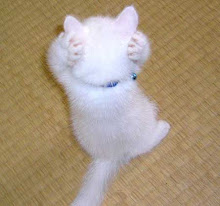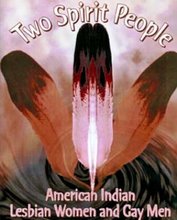TheRecord.com
Mother Load: Gender stereotypes get ingrained early and often
The 3-year-old no longer will eat his cereal from one of the Like the castle-shaped building blocks, he has determined they are for girls.
Read more:
The Cowl
Calling for an End to Gender Stereotypes
The article "Man, I Feel like a (Pregnant) Woman" by Maryclaire Dugre '10 published in the April 17 issue of The Cowl was irresponsible not only because of its hateful attack on transgender people, but primarily for its failure to grasp the meaning of even the most rudimentary terms used in its analysis.
Sex and gender are not synonyms.
One's sex is determined by one's anatomy. And, it is important to remember that many people are not born as male or female anatomically. Brown University biologist Anne Fausto-Sterling pointed out that there are actually five sexes: male, female, herms ("true" hermaphrodites) with one testis and one ovary, merms (male "pseudo-hermaphrodites") with testes and some aspects of the female genitalia but no ovaries, and ferms (female "pseudo-hermaphrodites") with ovaries and some aspects of the male genitalia but lack testes.
A Time article from Feb. 2, 2004 stated that as many as two percent of births are intersexed, meaning that they are one of the 'other' three sexes. That is a lot of people. Many intersex people have one of their sexual organs removed at birth, but are left with strong hormones from the other organ that may make them uncomfortable with the gender that society has assigned them.
Scholar and professor Joan Scott defines gender as "a constitutive element of social relationships based on perceived differences between the sexes, and . . . a primary way of signifying relationships of power." While our behaviors are, in part, the product of biological factors, such as those challenges faced by intersex people, the ways in which we attempt to mold ourselves into two norms of existence is gender. There is no fixed, essential male or female identity that exists across all times and cultures.
In fact, many cultures do not have binary (male/female) gender classification, but have three gender categories. The Fa'afafine in Polynesia, Hijra in India, Xanith in Oman, Fakaleiti in Tonga, Phet thee sam in Thailand, Muxe in Oaxaca, and two spirit people in some Native American cultures are those whose sex is male, but act in ways that many Americans would consider feminine. It's true, Ms. Dugre, that this phenomenon "is nothing new," but if you had done your research, you'd see it's a lot older than RuPaul.
Read more:
Subscribe to:
Post Comments (Atom)
















No comments:
Post a Comment